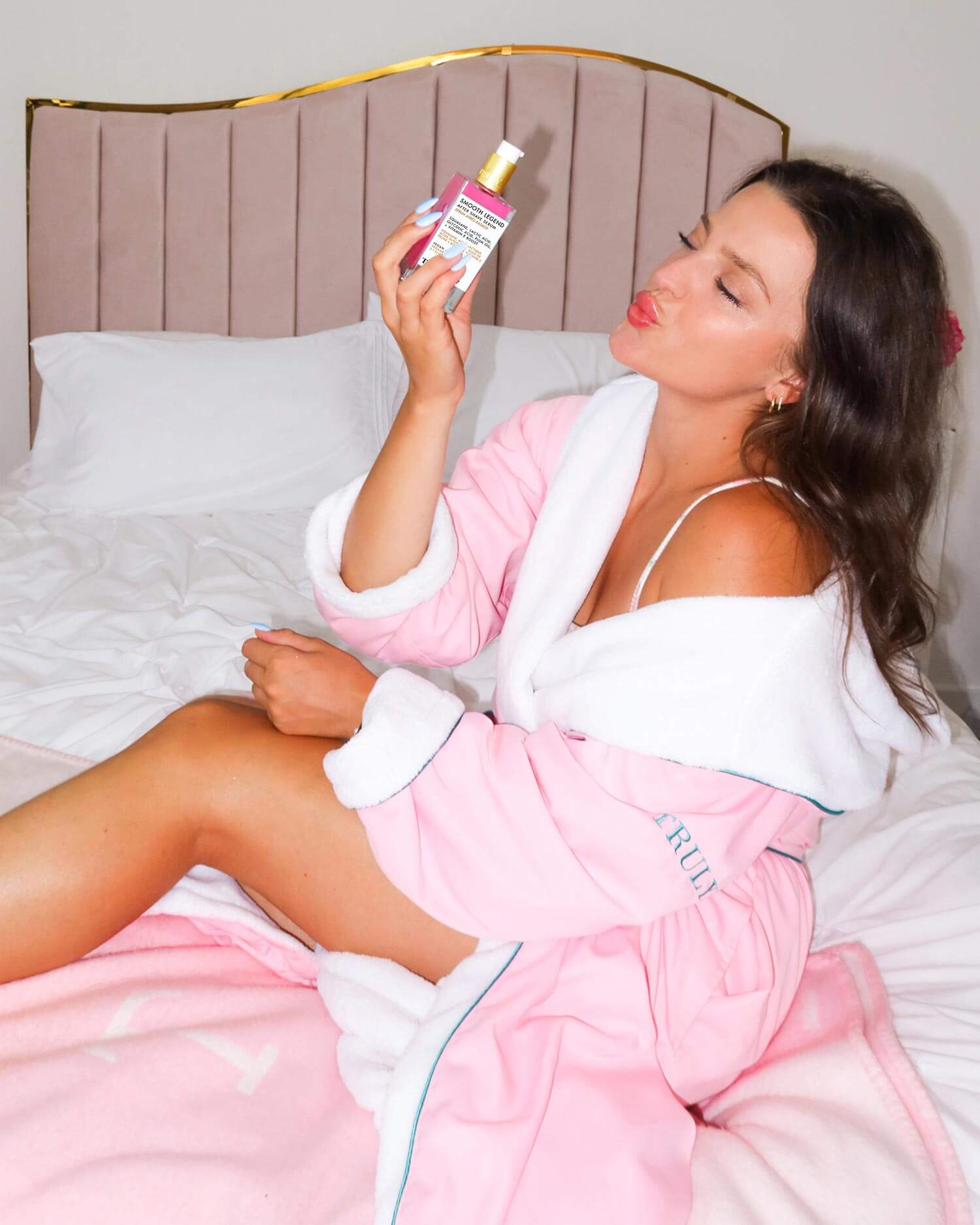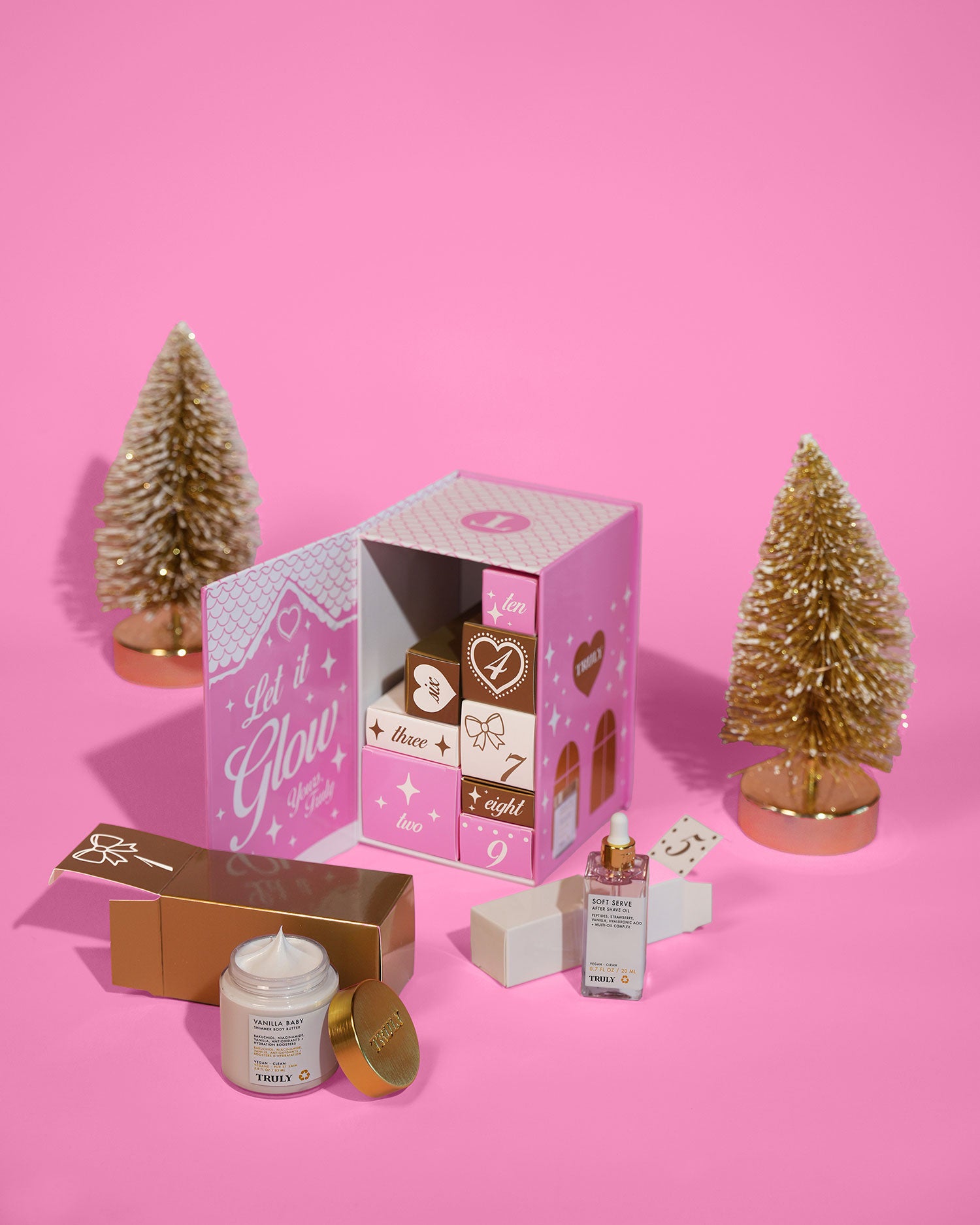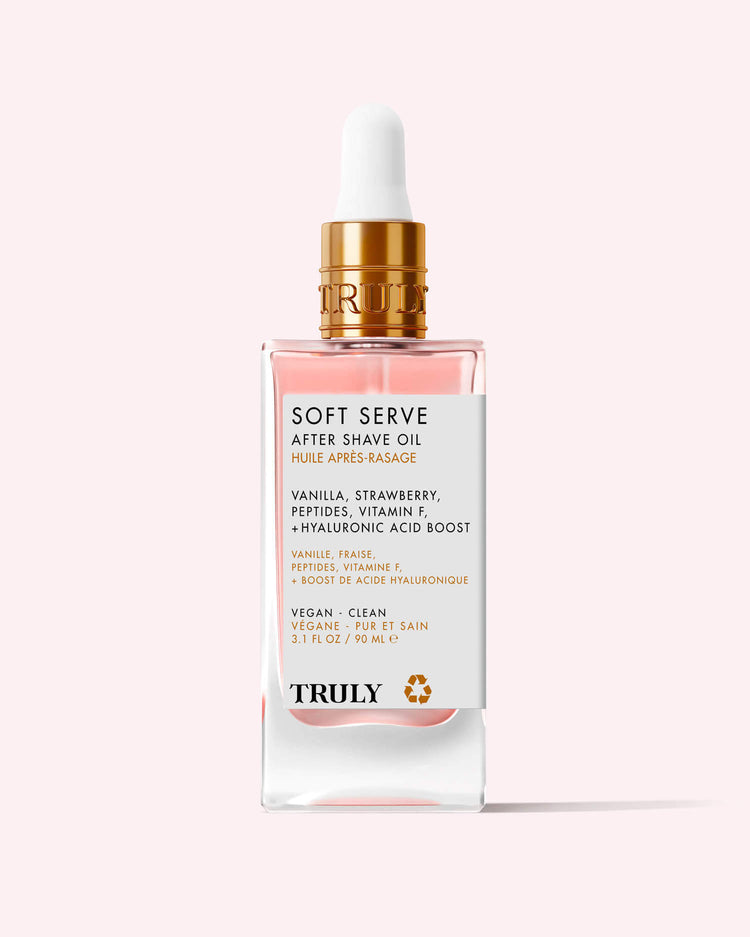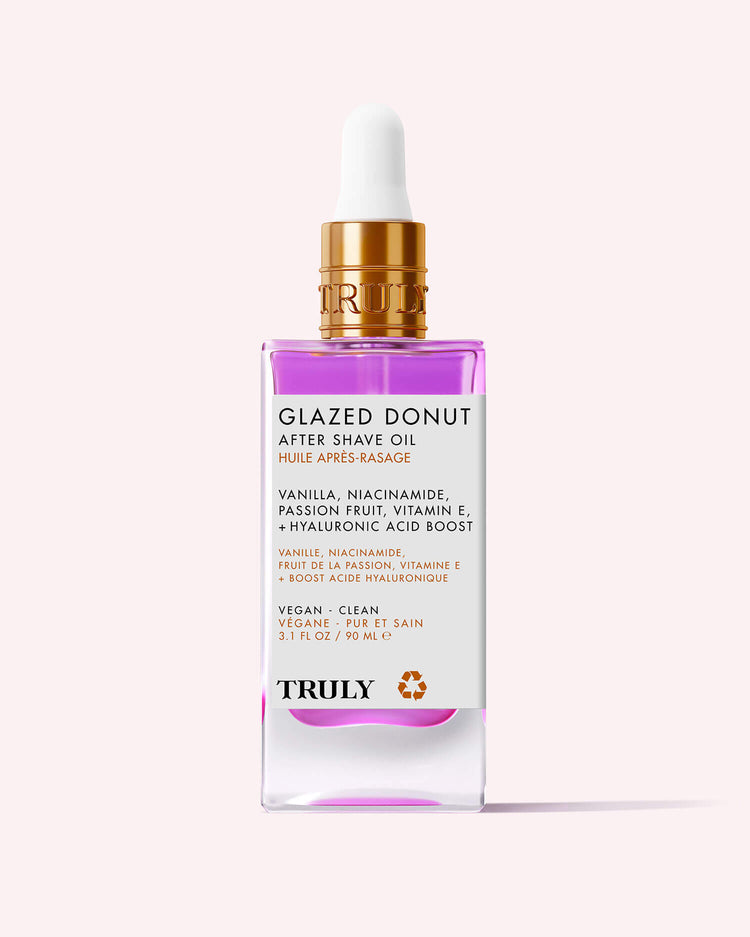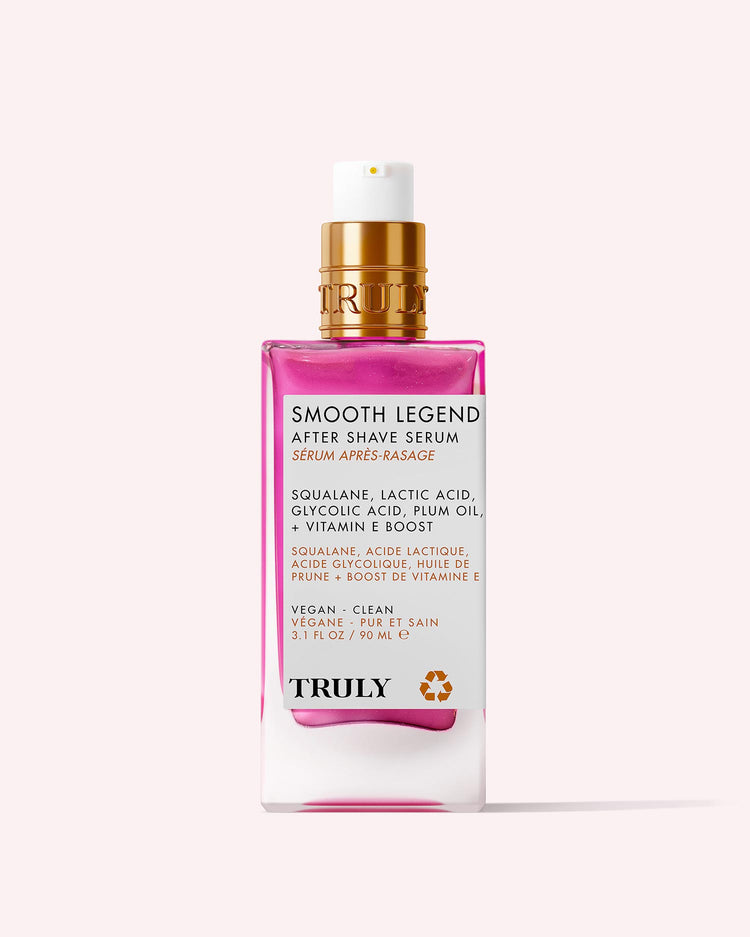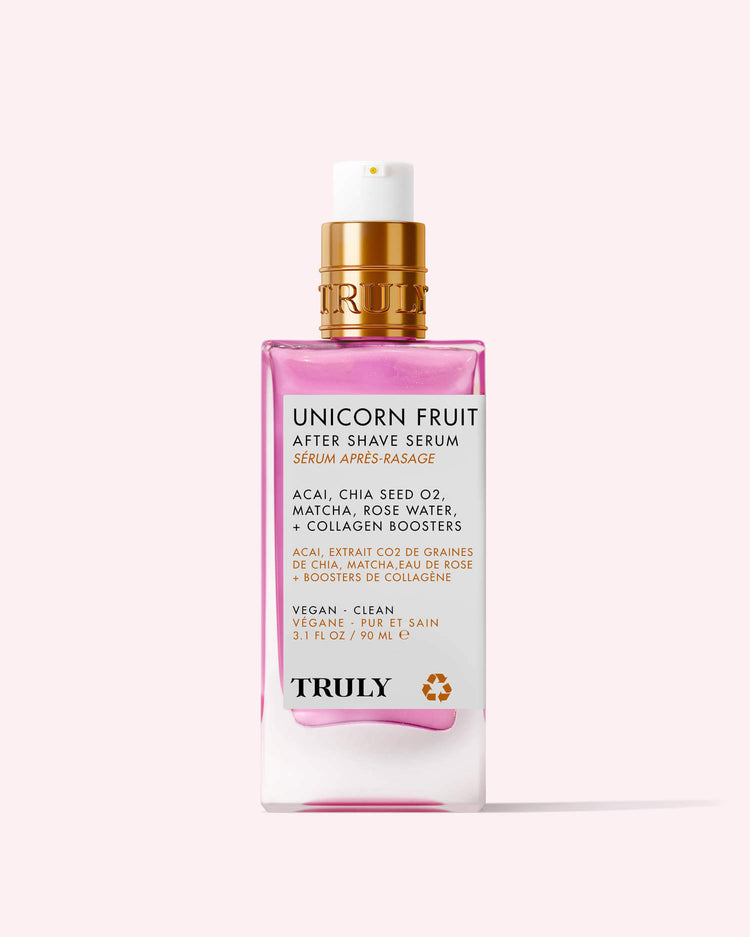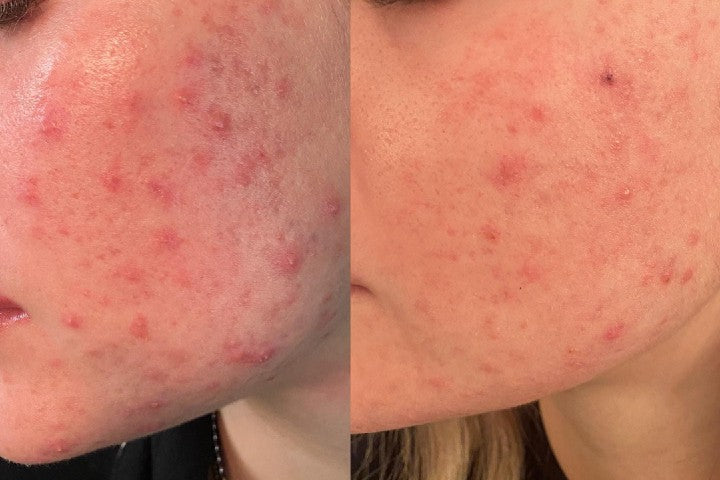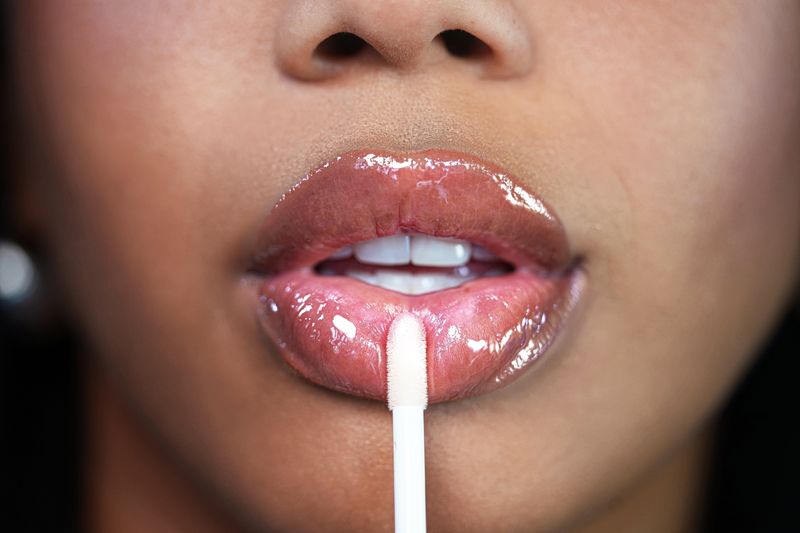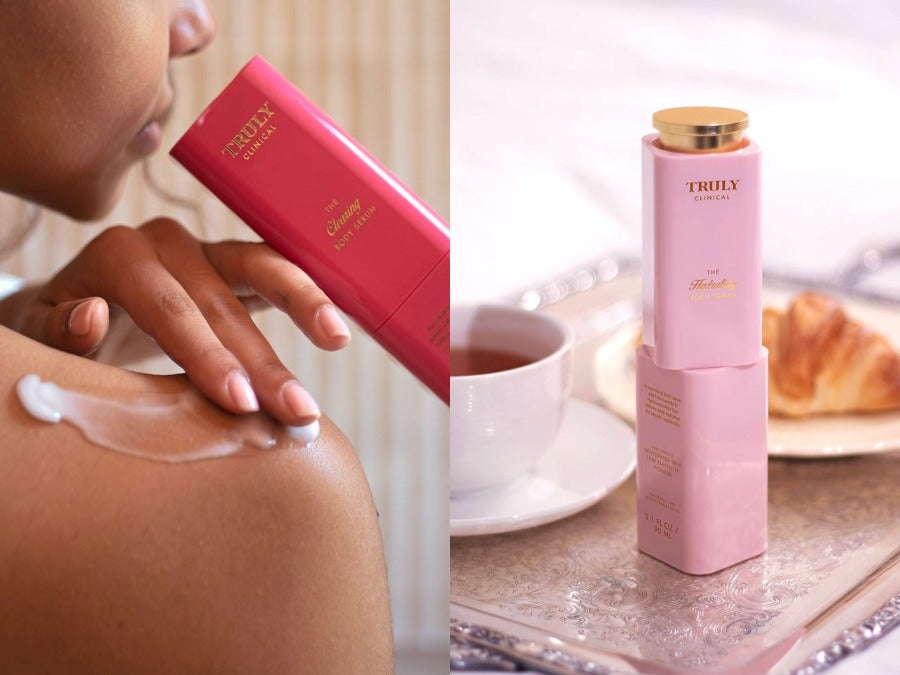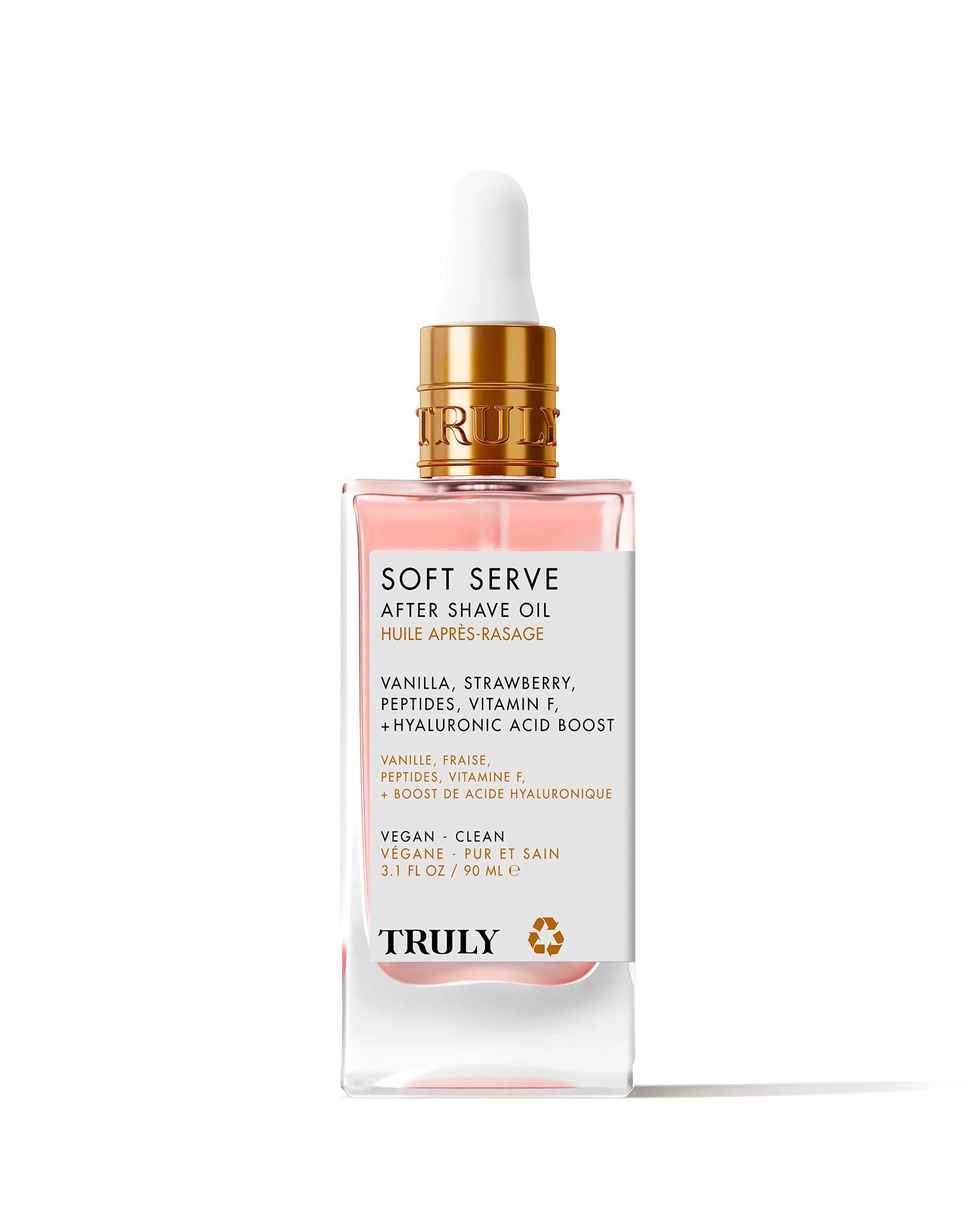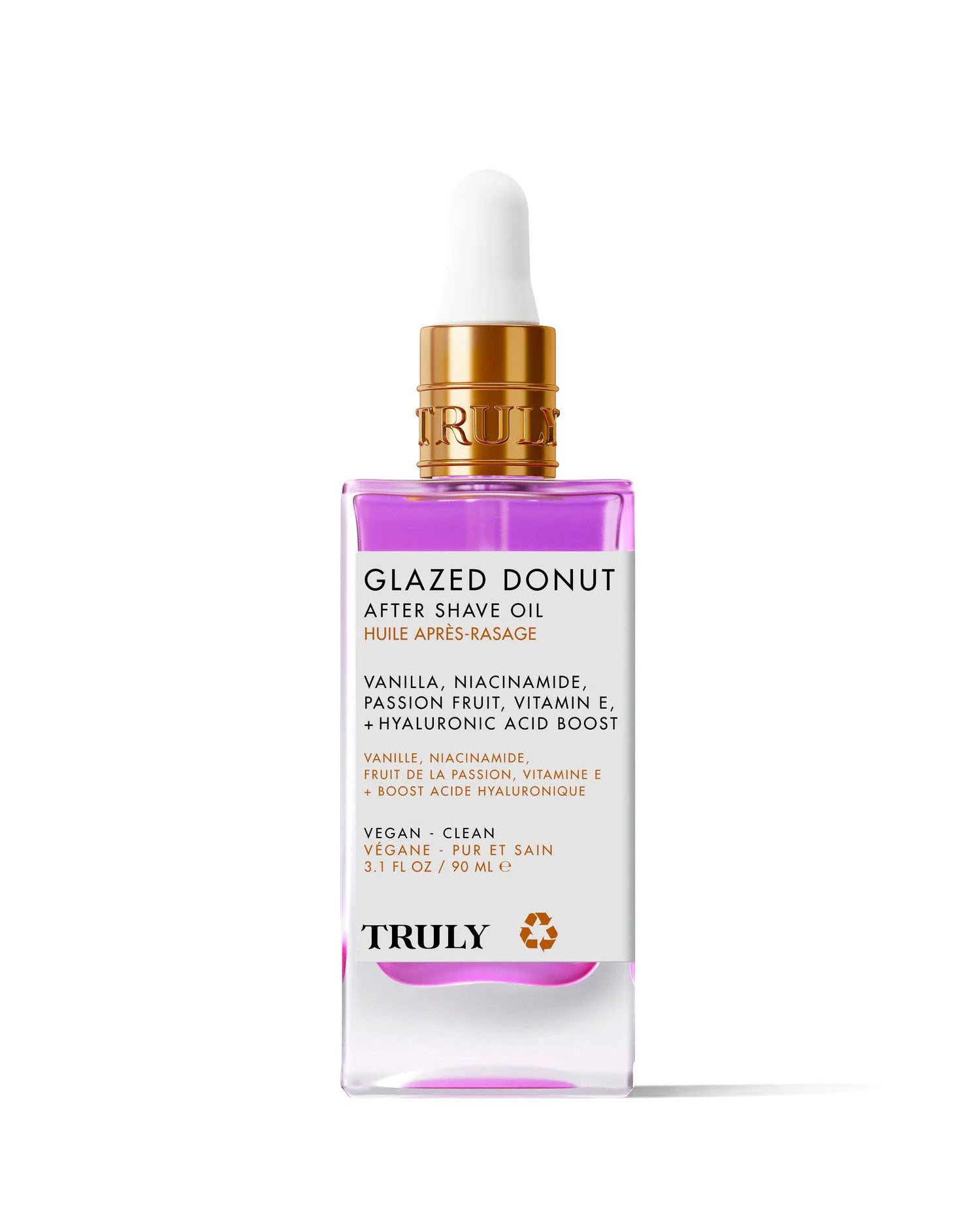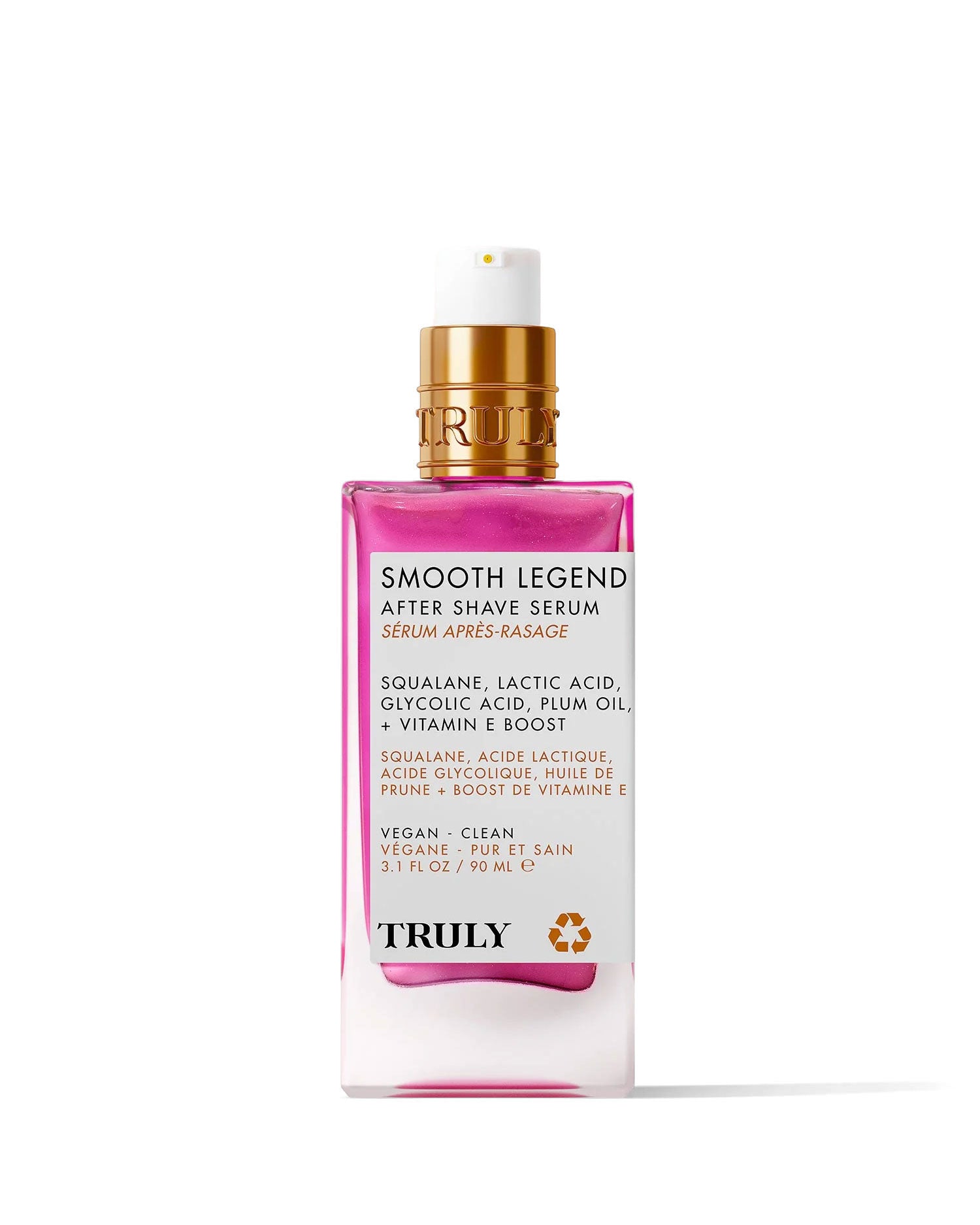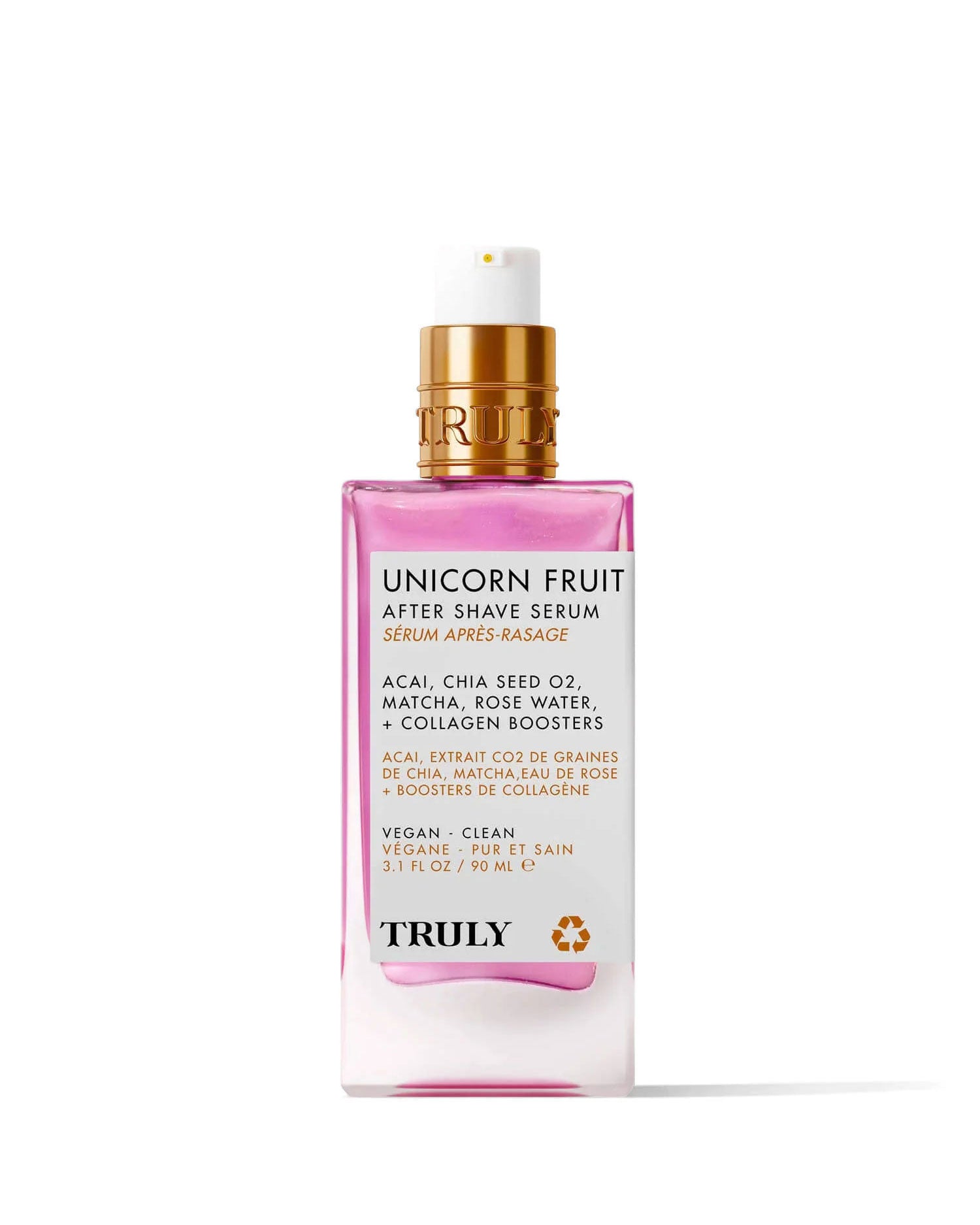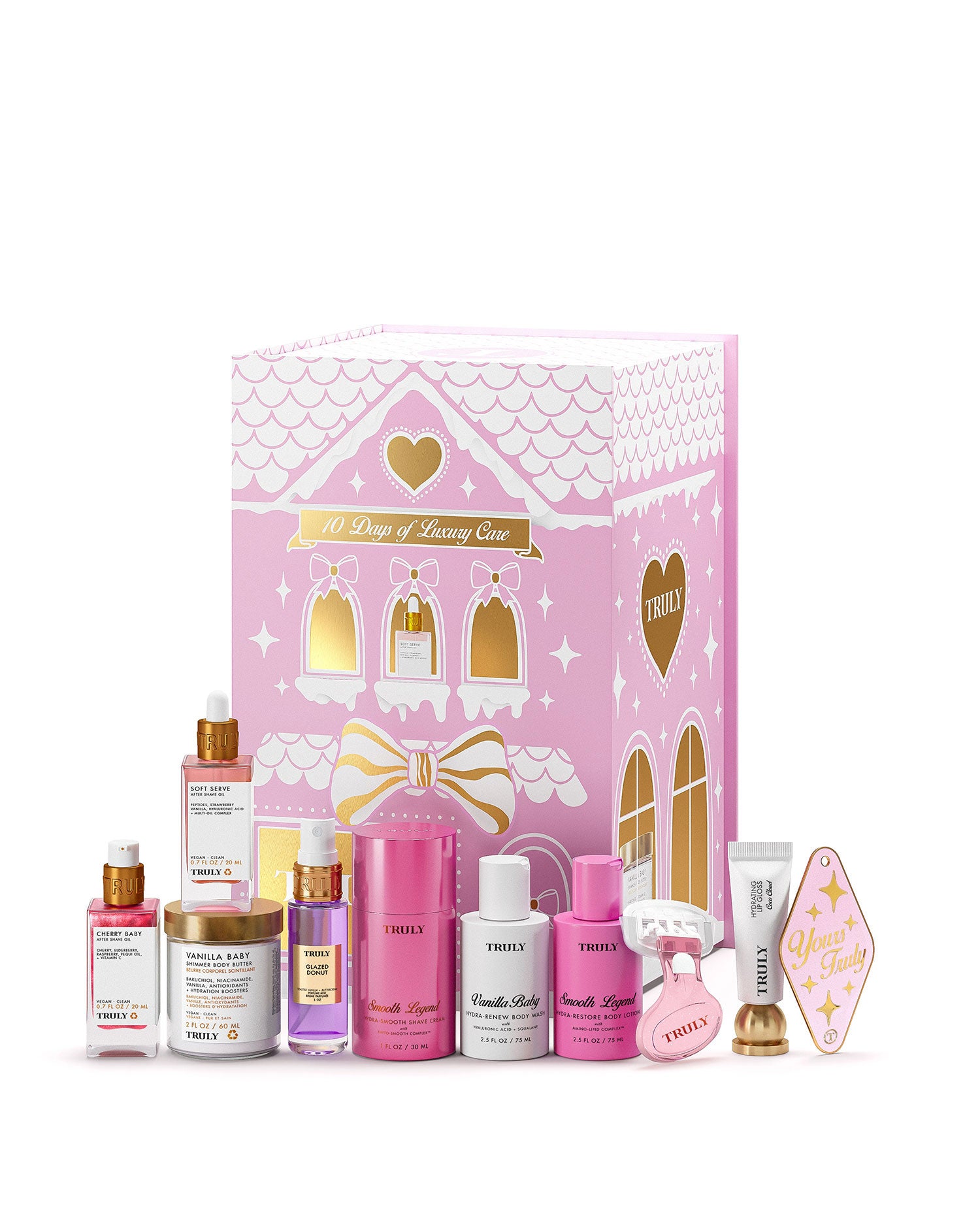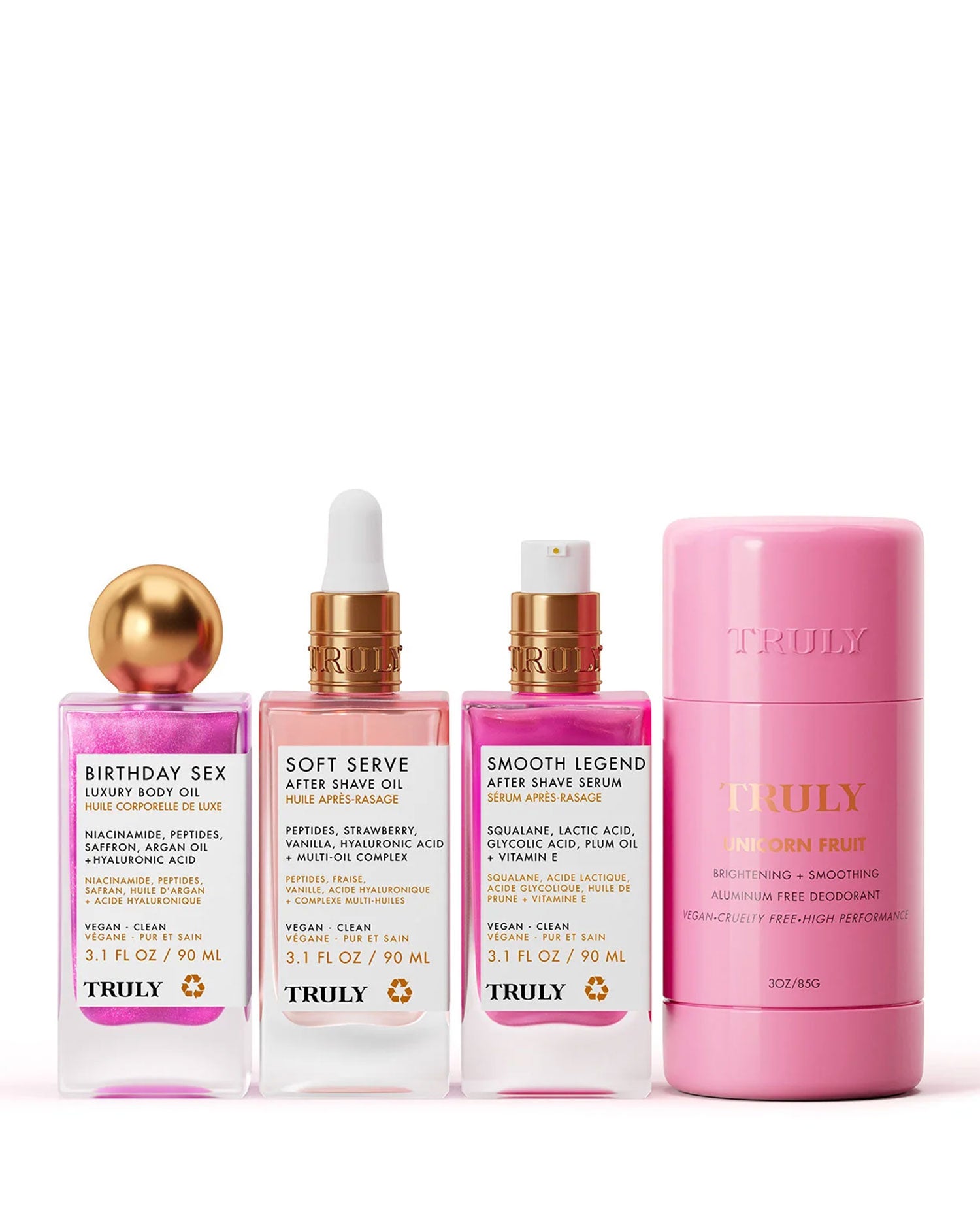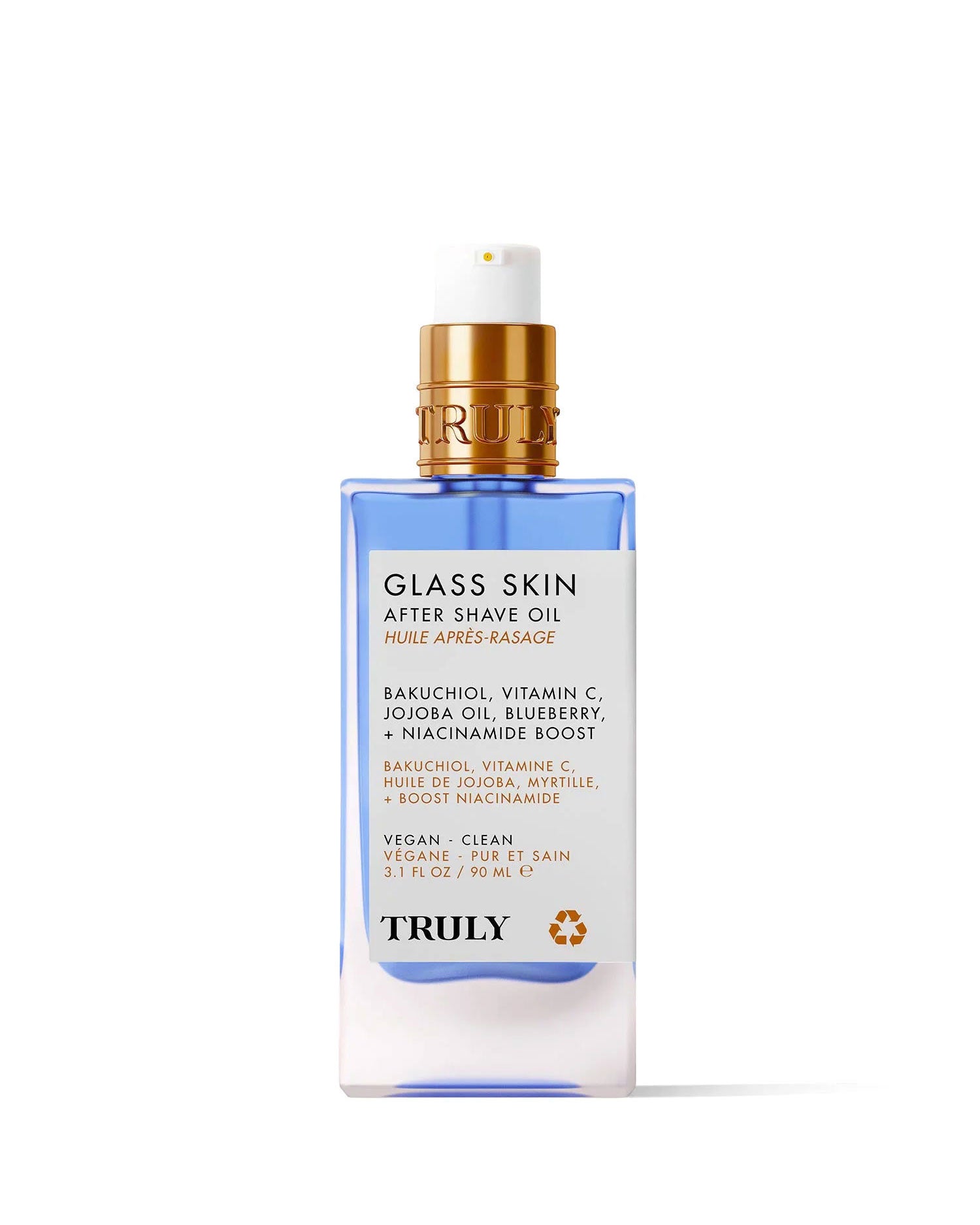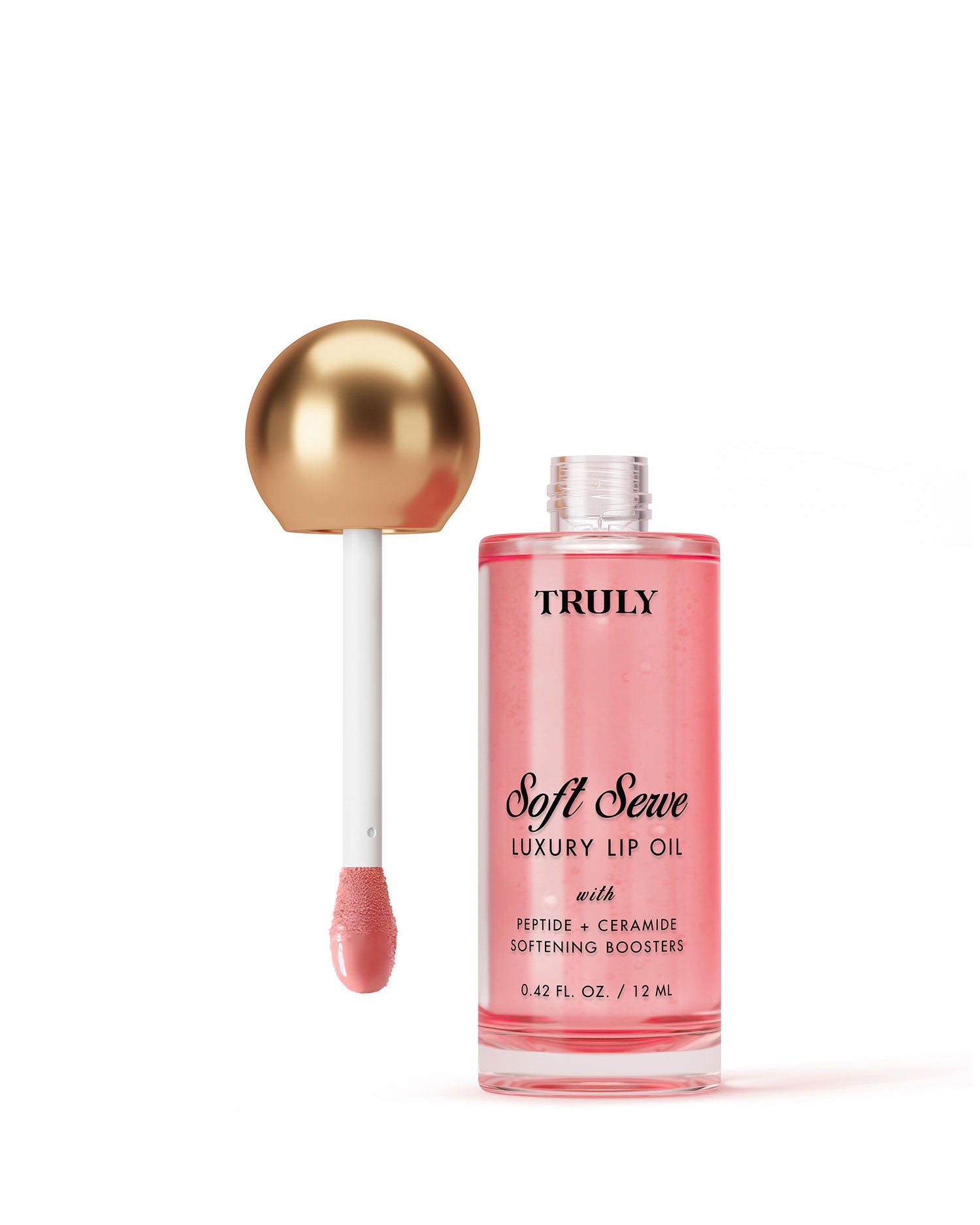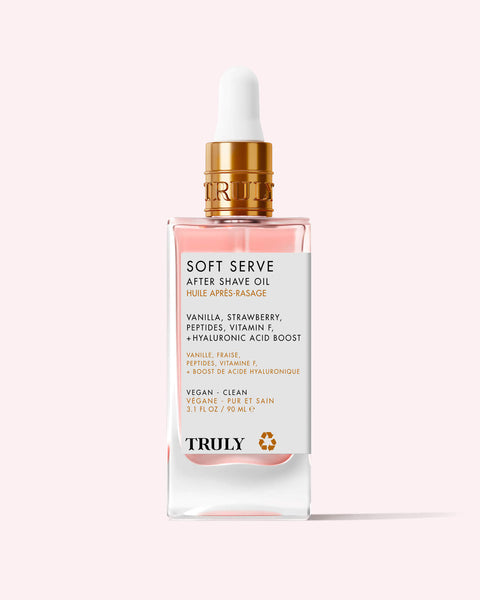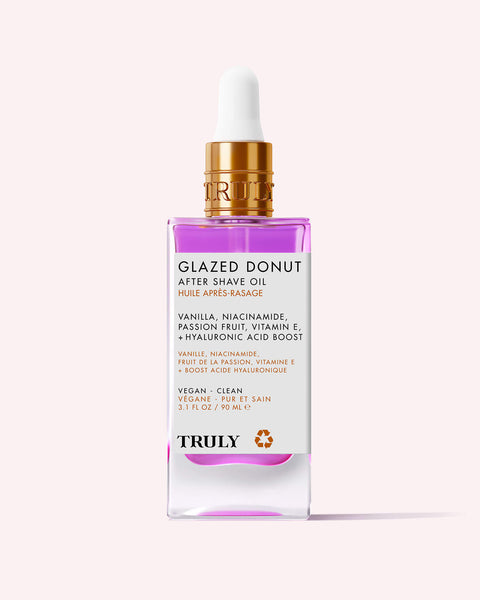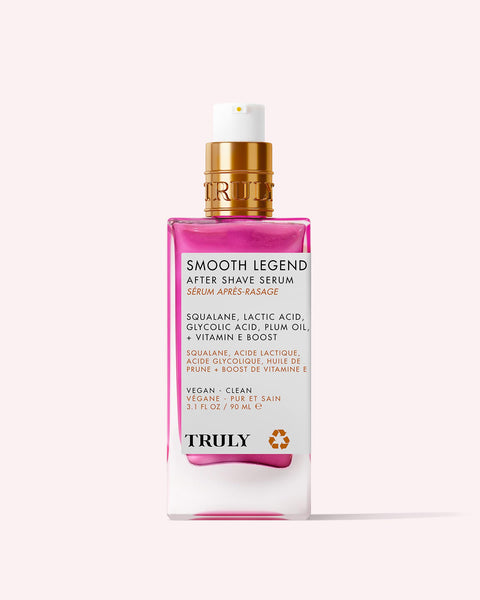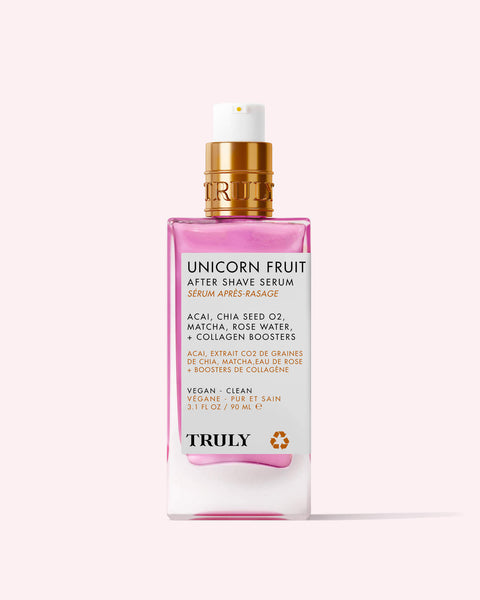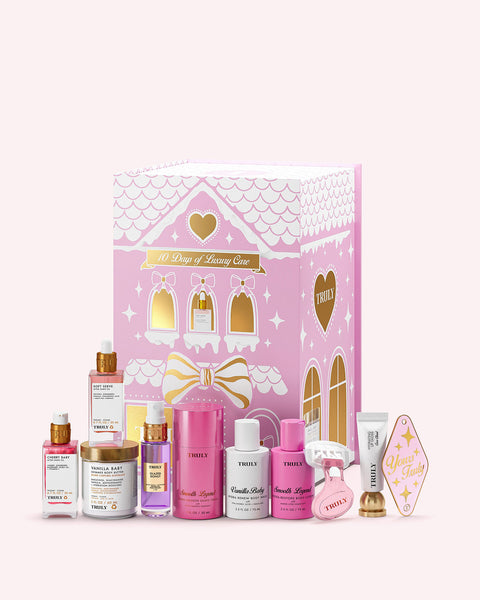Is Your Skin Breaking Out or Purging?
April 12, 2021
By: Truly Beauty
Skin purging may sound slightly terrifying to anyone who isn’t familiar with what it means. But trust us, it isn’t as bad as it sounds.
According to board-certified dermatologist Dr. Deanne Mraz Robinson, “The term ‘skin purging’ refers to a reaction to an active ingredient that is increasing skin cell turnover rate.”
If you’ve ever experienced a flareup after trying a new skincare product, it can be hard to tell whether your skin is breaking out or purging. It’s well worth knowing the difference, as purging is actually a good sign that the product works.
In this article, we will show you how to tell the difference between skin purging and regular breakouts. And, of course, how to treat both!
SKIN PURGING VS A BREAKOUT
A common mistake people make when using a new skincare product is throwing it away directly after experiencing a negative reaction. Bear in mind, not all reactions are bad. When your skin is purging, that can indicate that the product is working and that you should continue using it.
On the other hand, some reactions to new skincare products can be negative and a sign to stop using them. Sometimes, the product you’re using could be irritating your skin, which can trigger an allergic reaction or lead to acne.
So, is it a standard breakout, or is your skin purging? Let’s find out!
HOW TO TELL THE DIFFERENCE
Appearance
Purging and breakouts look a little differently.
“Acne breakouts take a number of different forms, including blackheads (also known as comedones), red pimples on the surface of the skin (which dermatologists refer to as papules), pustules, nodules and cysts, which are deep, tender bumps underneath the skin,” explains dermatologist Dr. Justine Kluk.
Purging, however, appears mostly as blackheads or tiny skin-colored bumps under the skin.
Duration
A key differentiator between breakouts and purging is the duration of the flareup.
According to dermatologist Dr. Sapna Palep, “The life cycle of the acne (that occurs during a purge) is faster than a regular breakout. It will heal much quicker than in a typical breakout.”
Everyone’s skin is different, so you may deal with purging for longer or less time than another person. That’s fine – and totally normal. Dermatologists say purging should clear up within 4-6 weeks of starting a new skincare product or routine. If it lasts longer than that, it could be a sign that the product is not working and could possibly be worsening your skin.
Ingredients
Skin purges often result from active ingredients like retinol and alpha and beta hydroxy acids. So if you’ve been using acne-fighting ingredients like salicylic acid (a BHA) and your skin is breaking out, that’s probably ‘cos your skin is purging.
If you’ve noticed your skin freaking out in response to sunscreen, hydrating oils, or a comedogenic foundation, you’re likely dealing with a regular, run-of-the-mill breakout. Once you stop using these products, you should start to see your complexion clearing up.
WHY PURGING HAPPENS
Purging usually occurs with the introduction of a new skincare product or regimen – especially those involving retinoids. These treatments help increase cell turnover and slough away the top dead layer of skin to reveal radiant, clarified skin underneath. But this process can come with a side effect.
“In the shorter term, however, this accelerated shedding or exfoliation of dead skin cells may trigger more blackheads or breakouts,” explains Kluk. This is basically what purging is.
She continues, “Retinoids are a good example of a treatment that can have this effect to start off with, but they are incredibly helpful in most people who persevere and any increase in breakouts tends to settle with continued use.”
HOW TO TREAT PURGING AND BREAKOUTS
When your skin is purging, the best thing that you can do is wait it out. Continue using the product in small doses and monitor how your skin reacts as the weeks go by. Is it improving? Getting worse? If you start seeing a difference in a few weeks, that’s a good sign to stick with the product. If not, it’s time to give that product the boot and move on to new and better ones.
As for how to deal with the breakouts from purging and regular breakouts, follow the regular protocols. Keep your pillowcase clean, avoid picking your pimples, and keep your skin clean. Try Truly’s Anti-Blemish Facial Kit to maintain a clear, blemish-free complexion.
In the meantime, dermatologist Dr. Rita Linkner advises you to stay patient and sit it out.
“Remember, purging is a good sign that your skincare is effective and doing the right thing. So be patient and within a month, you’ll start to be acne-free,” she explains.
HOW TO PREVENT PURGING IN THE FIRST PLACE
If you’re thinking of adding an acid, retinol, or peel to your skincare routine, there is a way you can minimize purging. It’s called the “ease in” method. As you can already guess, it’s about gradually adding in a new product, allowing your skin to adapt to it slowly.
“For example, during the first week, apply the retinoid two times a week,” Mraz Robinson says. “Then for week two, apply it three times that week, working your way up to daily use.” This will give the skin time to adjust to the ingredient, lessening the chances of purging.
The same applies to exfoliating acids. Start by using it only once a week and progressively increase application to 2-3 times per week.
In the meantime, make use of Truly’s Soothing Anti-Blemish Matcha Skincare Bundle that tackles breakouts and prevents scars without drying out or irritating the skin.
The Purging Period Will Be Worth it in the End
Annoying – absolutely! But if you stick with your routine and learn to live with the temporary breakouts, you’ll soon see that it was worth the wait for your ideal skin.
Remember, if your purging doesn’t end after six weeks, it could be something else. Speak to your dermatologist for advice and recommended treatment.
Grab yourself a Truly Satin Sleep Set to keep your skin line and breakout-free.
